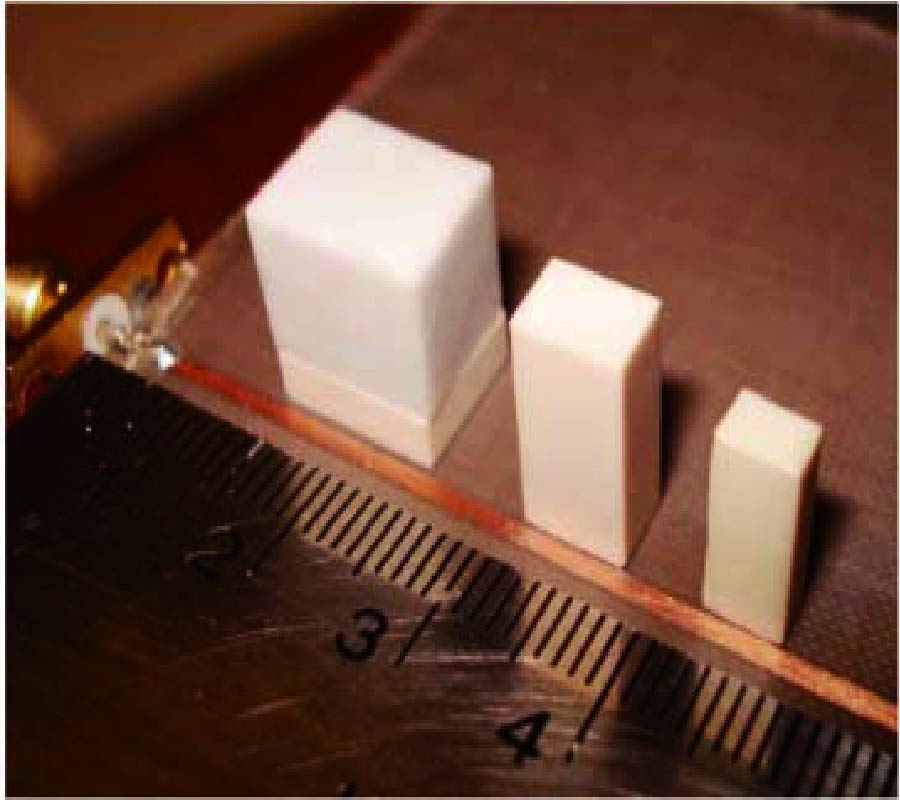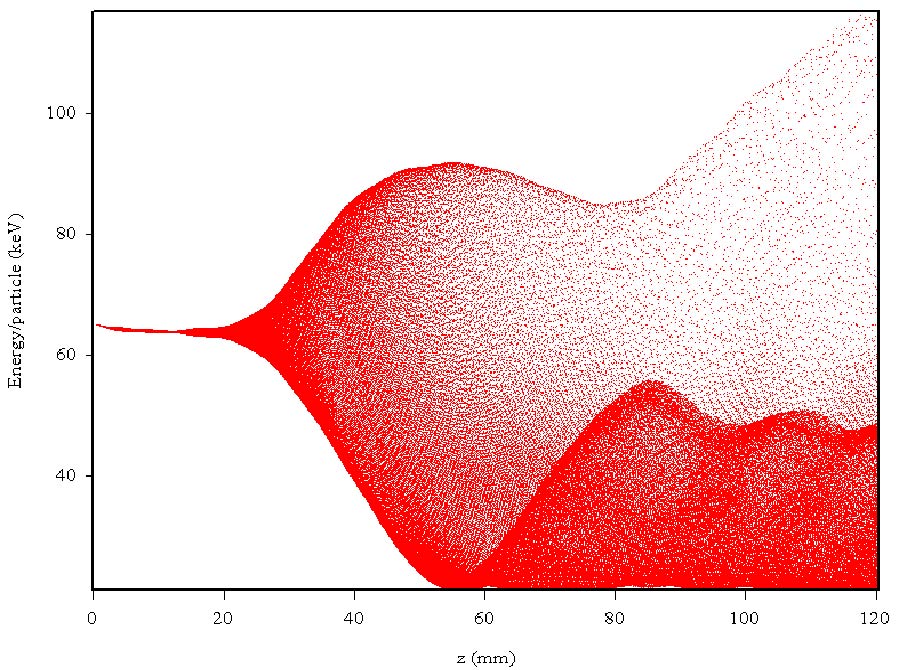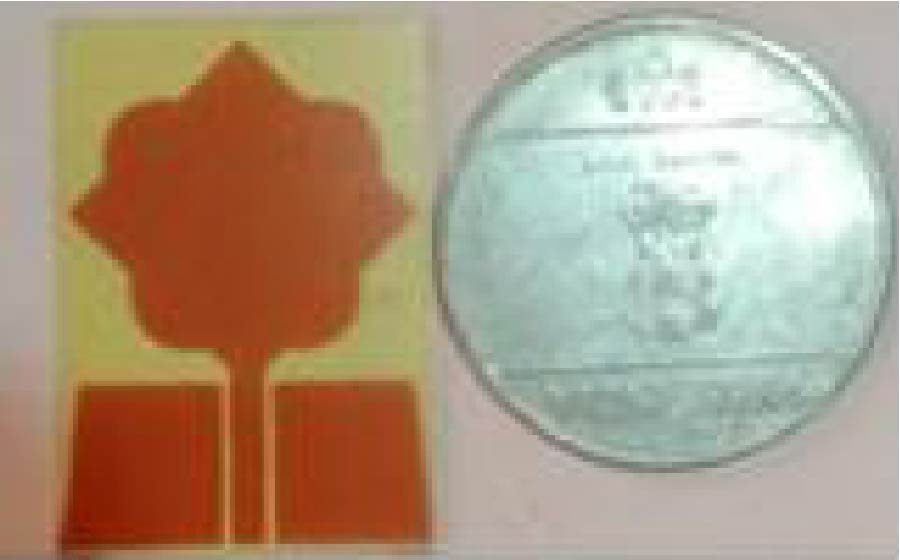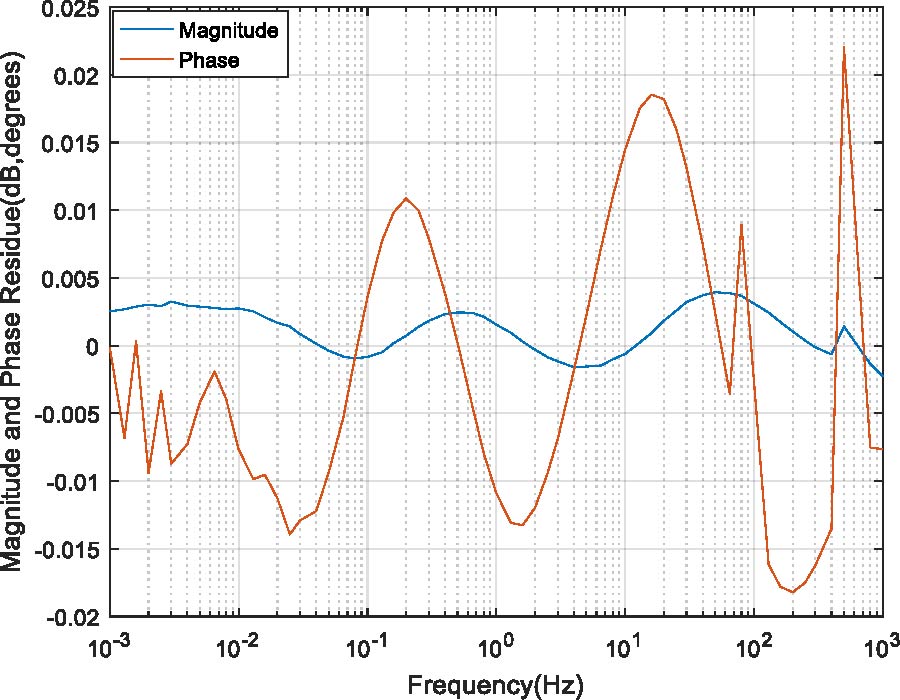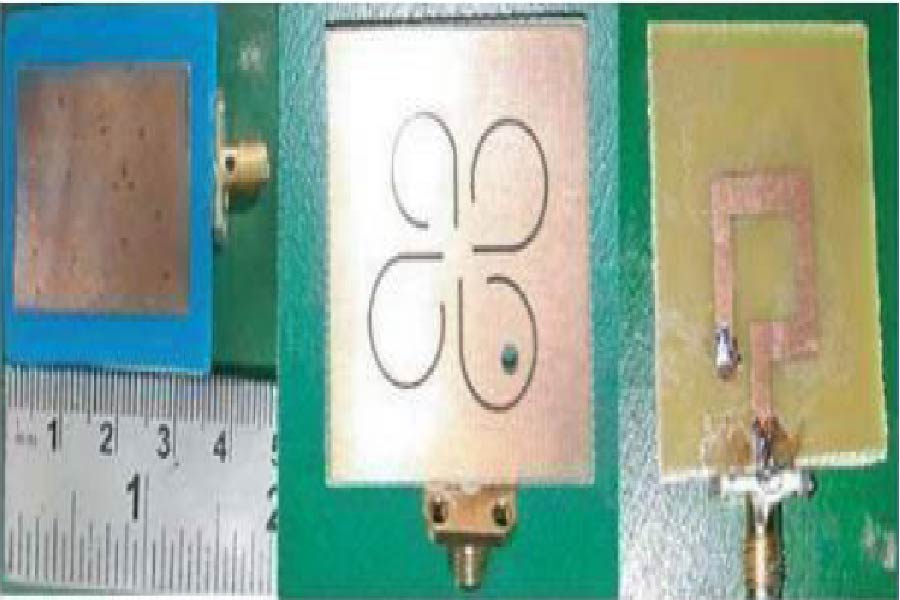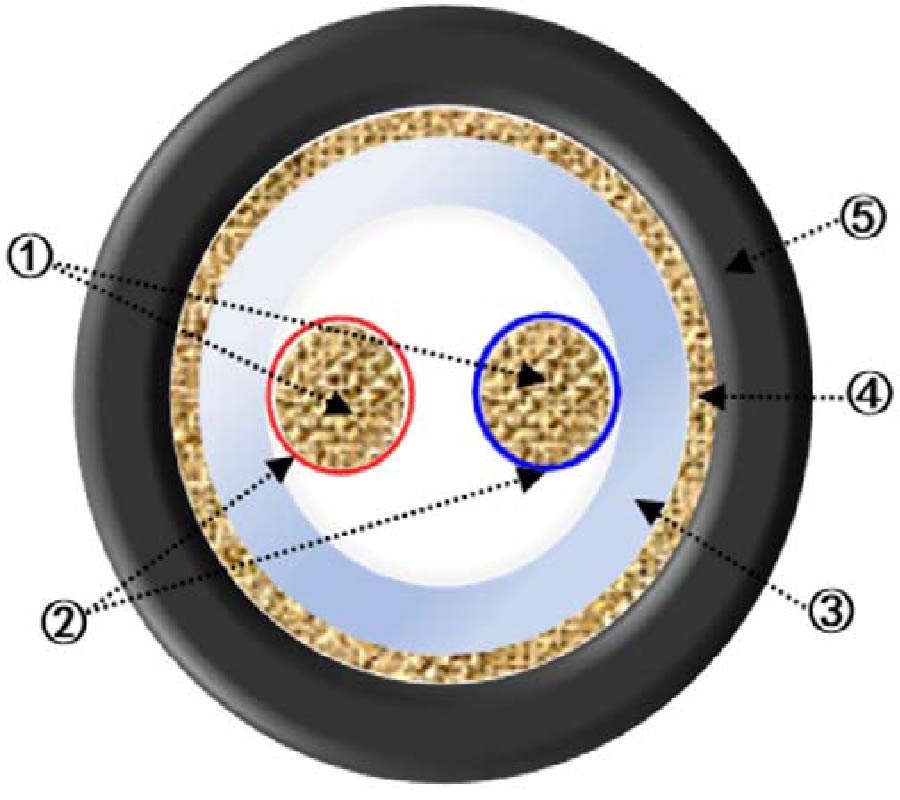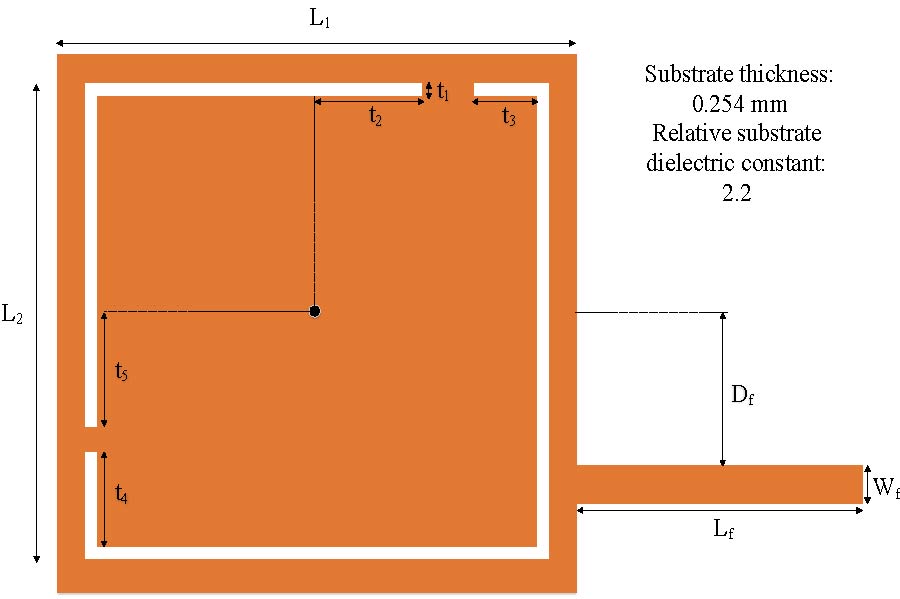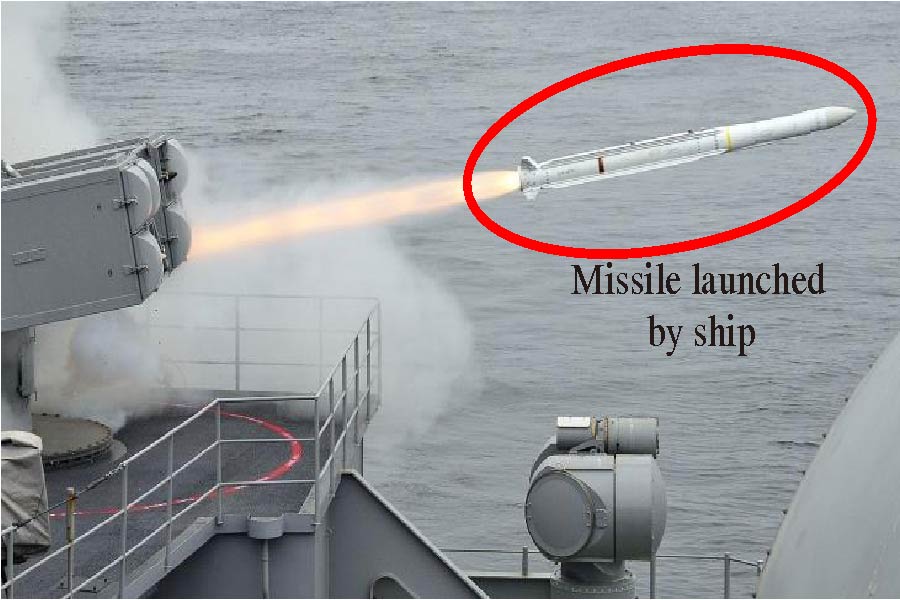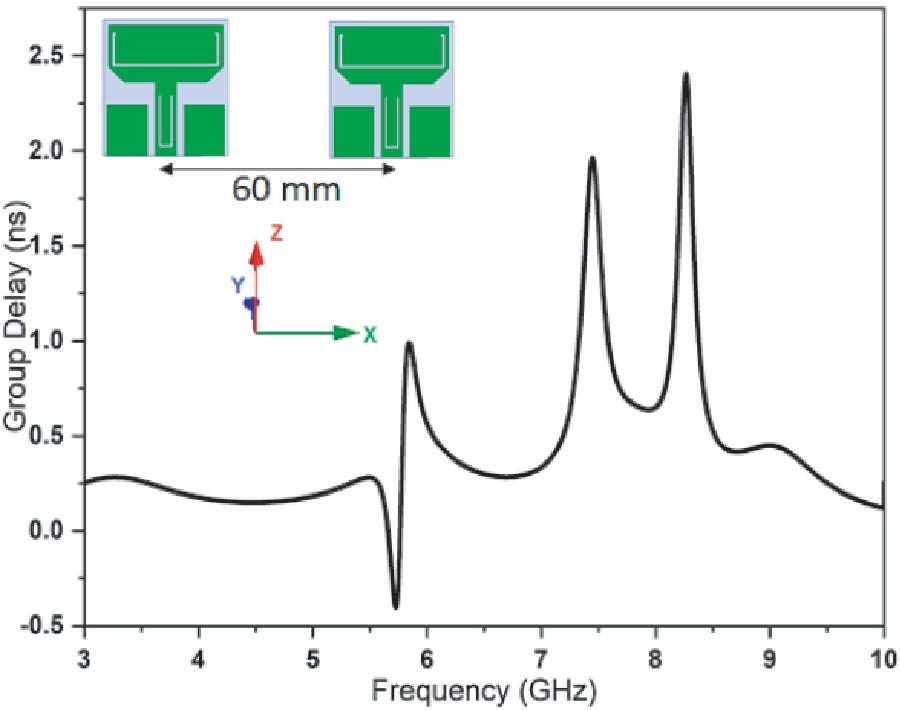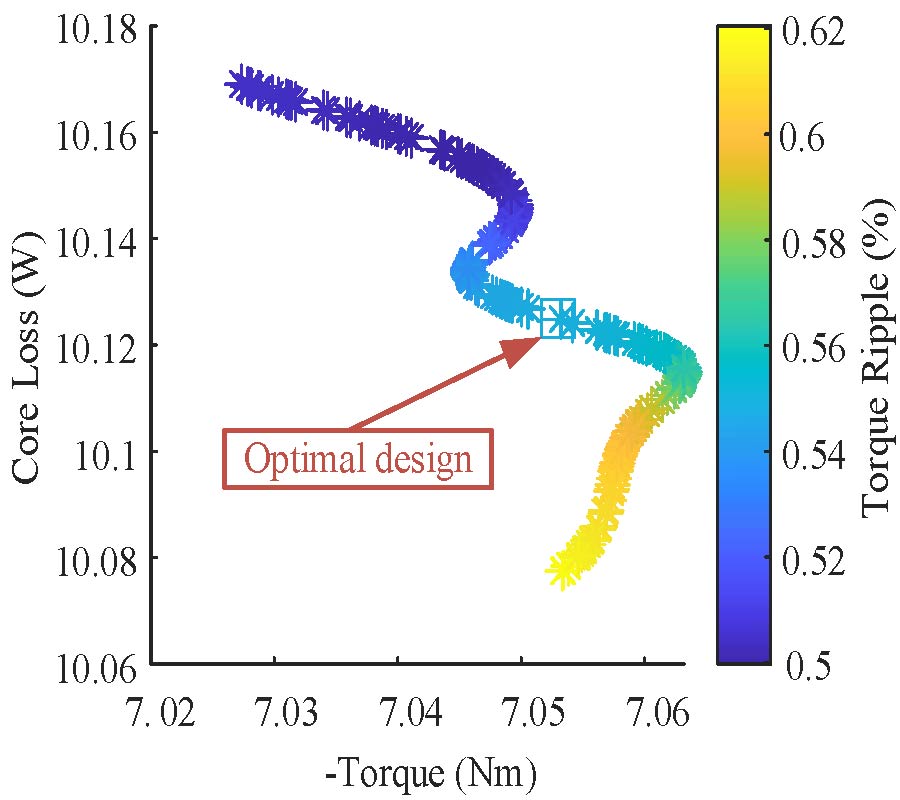Evaluation of Lightning Electromagnetic Induction on Buried Signaling Cable of High-Speed Railway Considering the Frequency Dependence of Soil Electrical Parameters
Yaqiong Qiao,
Zhiguo Liang,
Longsheng Wang,
Shuai Bai,
Jianlei Gang,
Hongyang Zhang and
Wu Duan
Evaluation of the lightning coupling on the buried signaling cable nearby when the through-ground wire is used as the discharge channel of lightning current requires accurate models for the calculation of the underground lightning electromagnetic field and the induced current of this field on the signaling cable conductor. To accomplish this, a full-wave approach based on the finite-element method (FEM) is used, which incorporates the frequency dependence of soil conductivity and relative permittivity into in the model. The numerical results show that for soils characterized by relatively low resistivity values (less than 4000 Ω.m), the frequency dependence of the electrical properties of the soil has a negligible influence on the horizontal component of the electric field and the vertical component of the magnetic field. However, the distribution of the lightning electromagnetic field is markedly affected by the distance between the air-soil interface and the buried signaling cable. We also find that the coupling strength of the lightning electromagnetic field to the buried signaling cable is strongly dependent on the wave shape of the lightning current, soil resistivity, the distance between the cable and the air-soil interface, and the distance between the cable and the lightning strike point. Finally, the common grounding methods of the cable shielding layer in cable protection are compared. Results show that single-layer double-terminal grounding is the most effective anti-interference measure for the electromagnetic field coupling between the through-ground wire and the buried signal cable near the lightning point of the high-speed railway. The desired shielding effect properties with the frequency from dc to 1 MHz can be achieved using this method.
